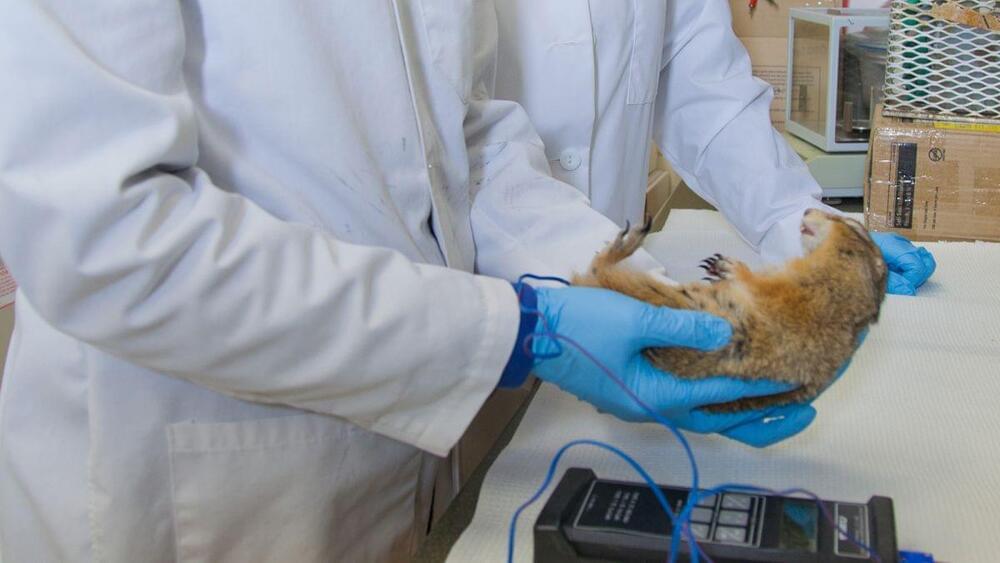Feb 11, 2023
Blue stragglers are the weird grandparents of the galaxy
Posted by Dan Breeden in category: space
Blue straggler stars are the weird grandparents of the galaxy: They should be old, but they act young. Finding and studying these strange stars helps us understand the complicated life cycles of normal, more well-behaved stars.
All stars follow a particular path in life, known as the main sequence. The moment they begin fusing hydrogen in their cores, they maintain a strict relationship between their brightness and temperature. Different stars will have different combinations of brightness and temperature, but they all obey the same relationship. For example, smaller stars, like red dwarfs, will be relatively dim but also cool, with their surfaces turning a characteristic shade of red. Medium stars, like the sun, will be both hotter and brighter, turning white. The largest stars will be both incredibly bright and extremely hot, making them appear blue.

















